The 7 Coolest Features Of The Apple iPhone 5
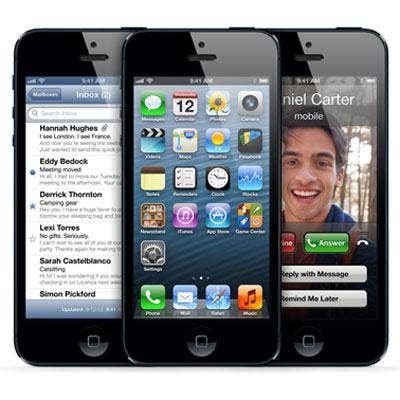
Meet The New 'Boss'
Apple took the wraps off a new iPhone today, one with a larger screen, a more powerful processor and better compatibility with the fastest carrier networks in the U.S. Officially called iPhone 5, Apple's sixth-generation iPhone will sport a quad-core processor, work on 4G LTE networks, support full HD in both cameras and offer up a new 4-inch screen, yet it will be thinner and lighter than previous generations.
As always, Apple's new iPhone is truly boss. Here's a look at seven of its most impressive features.
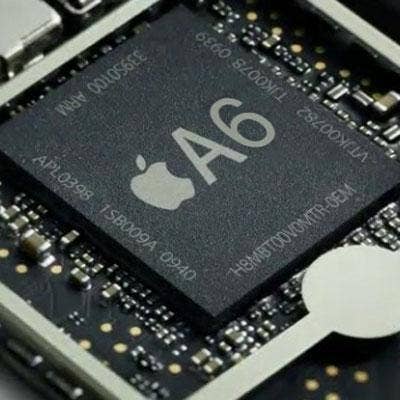
Quad-Core A6 SoC
Powering the iPhone 5 will be the A6, an ARM Cortex A9-based quad-core SoC with PowerVR GPUs that Apple claims doubles application and graphics performance. In testing for about a year now, the A6 was first built by Taiwan Semiconductor Manufacturing, which launched a trial run in August 2011 and expected to have the part ready to be used in Apple devices as early as last spring. But, delays in TSMC's 28nm production facility reportedly led Apple to contract the parts from Samsung, which makes parts for many other Apple devices.
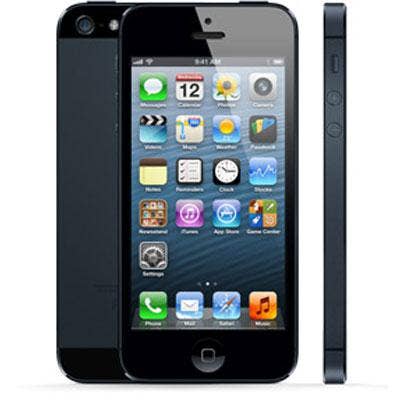
Thin Is In
The sixth-generation iPhone will shed its boxy edges and take on a sleek look with curved edges more like the devices of arch-rival Samsung. In addition to the thinner profile afforded by its 28nm processor (the iPhone 4 uses 45nm), the iPhone 5 supplements its svelte stature with a two-layer display instead of three. Prior iPhone models employ a top-most layer of durable glass, under which sits the touch-sensitive layer, and finally the LCD. In the iPhone 5, the LCD and touch layers are combined in a single layer, reducing the smartphone's overall thickness.
We don't think that people apart from the true believers will upgrade simply for the new look and feel. However, considering the devices that have come along since 2007, Apple's design was getting a bit long in the tooth; it was clearly time for a footprint overhaul.
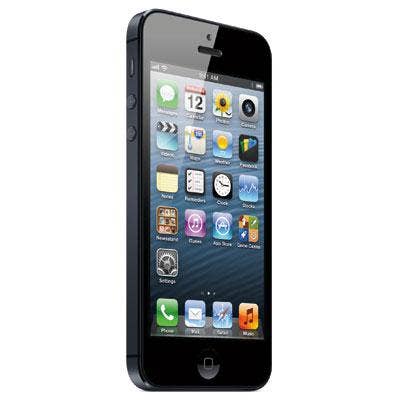
Sizing Up iPhone 5
With its first size bump in five years, iPhone 5 will add about a half-inch -- exactly 176 pixels -- to its length but nothing to its width. At 7.6 millimeters thick, it will be 18 percent thinner than the 4S. And at 3.95 ounces (112 grams), it's 20 percent lighter than its 4.9-ounce predecessor.
What's significant about this size? For starters, it will allow playback of HD video at native resolution and then some. The new resolution will be 640 x 1,136, compared with iPhone 4S's 640 x 960. The new size offers the ability to display video content in a 16:9 aspect ratio. And like the 4S, the iPhone 5's display also is a Retina, and its pixel density is the same 326 ppi. The extra pixels also will afford more space for apps and an extra row of icons. Also included will be iOS 6.0 and new versions of all pre-installed apps that are aware of the larger screen size. Apple says that apps not updated for the larger screen will run in their old size on iOS 6; they will not be scaled or stretched.
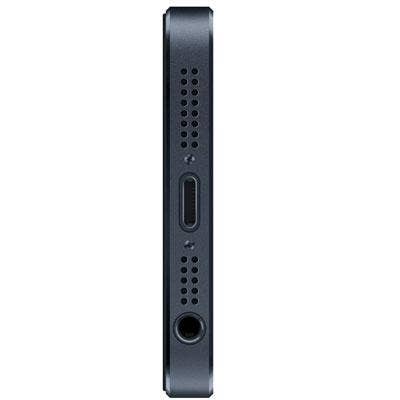
New Dock Port
The new iPhone will not use the same dock port as any of the previous iPhones but will switch to a smaller, all digital design. This so-called Lightning port features a durable, reversible connector with eight signaling channels, which eliminates worries (and damage) from cable orientation. Though technically superior, this change, along with relocation of the headphone jack to the iPhone's bottom, is bound to annoy a lot of people -- and potential upgraders -- who might have been looking to reuse accessories from prior models. On the plus side, the move will give rise to a whole new series of accessories specifically made for the iPhone 5. And this means all new add-on revenues for resellers.
There also will be an adapter, but there's no word on whether Apple will include it with the new model. It had been known since as early as this February report that Apple would be switching from the 30-pin legacy dock port (and the accompanying cottage industry), in part to make room for a bigger battery, extra radios or other iPhone components.
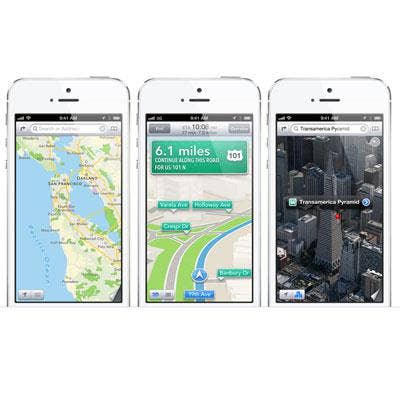
New Networks
Buyers of the new iPhone 5 will have their choice of AT&T, Sprint or Verizon for 4G LTE service in the U.S. T-Mobile is reportedly scrambling to upgrade its network but will be left out of the iPhone 5 bonanza for now. Also left out is support for NFC, the near-field communications protocol that's currently being bandied about in search of a standard. Contrary to pre-release rumors, iPhone 5 will not support NFC.
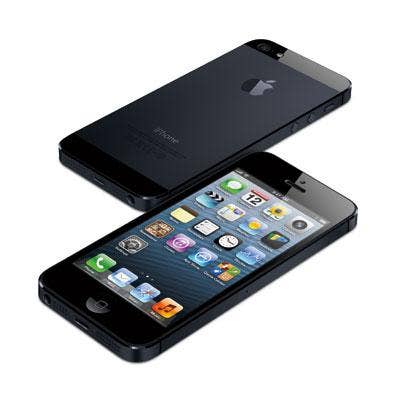
Case And Cameras
The new iPhone will do away with the previous iPhone's beautiful yet ridiculous glass back panel. iPhone 5 will be ensconced in metal, as it should have been from the start. The all-metal case will offer more protection for the display glass.
As in the 4S, the iPhone 5 will include an 8MP rear camera, but it adds a dynamic smart filtering for better performance in low-light situations, a sapphire crystal lens protector for clearer shots, and support for panoramic pictures encompassing 28MP in total. The software now can shoot stills while also shooting video, and a new 1,080p front camera means that both cameras are now HD capable. There are now three mics (bottom, front and back) instead of just two, and the internal speaker now has five magnets (up from two). A new noise-canceling earpiece is part of the improved headset that's also included.
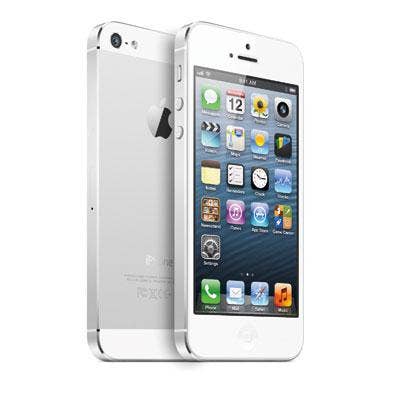
Battery And Comm
According to the company's claims, Apple has improved the battery life of iPhone 5 by leaps and bounds compared with the iPhone 4S. It says browsing time goes to eight continuous hours on 3G, up from six hours, and to 10 hours on Wi-Fi, up from nine. Standby time increases to 225 hours from 200 on 4S. Respective video and music playback times remain at 10 hours and 40 hours for the devices, while estimated LTE browsing time is expected to be eight hours. It's able to handle all this despite a processor that's supposed to deliver double the application speed and graphics performance and a battery-zapping 4G radio. As in the 4S, iPhone 5 supports Bluetooth 4.0 and Wi-Fi a/b/g/n, but it adds support for the 5.0GHz frequency for connections up to 150 Mbps and interference coping.
Like the 4S, the iPhone 5 will be available in 16 GB ($199), 32 GB ($299) and 64 GB ($399) models. Pre-ordering begins Sept. 14 in advance of shipments to launch a week later.